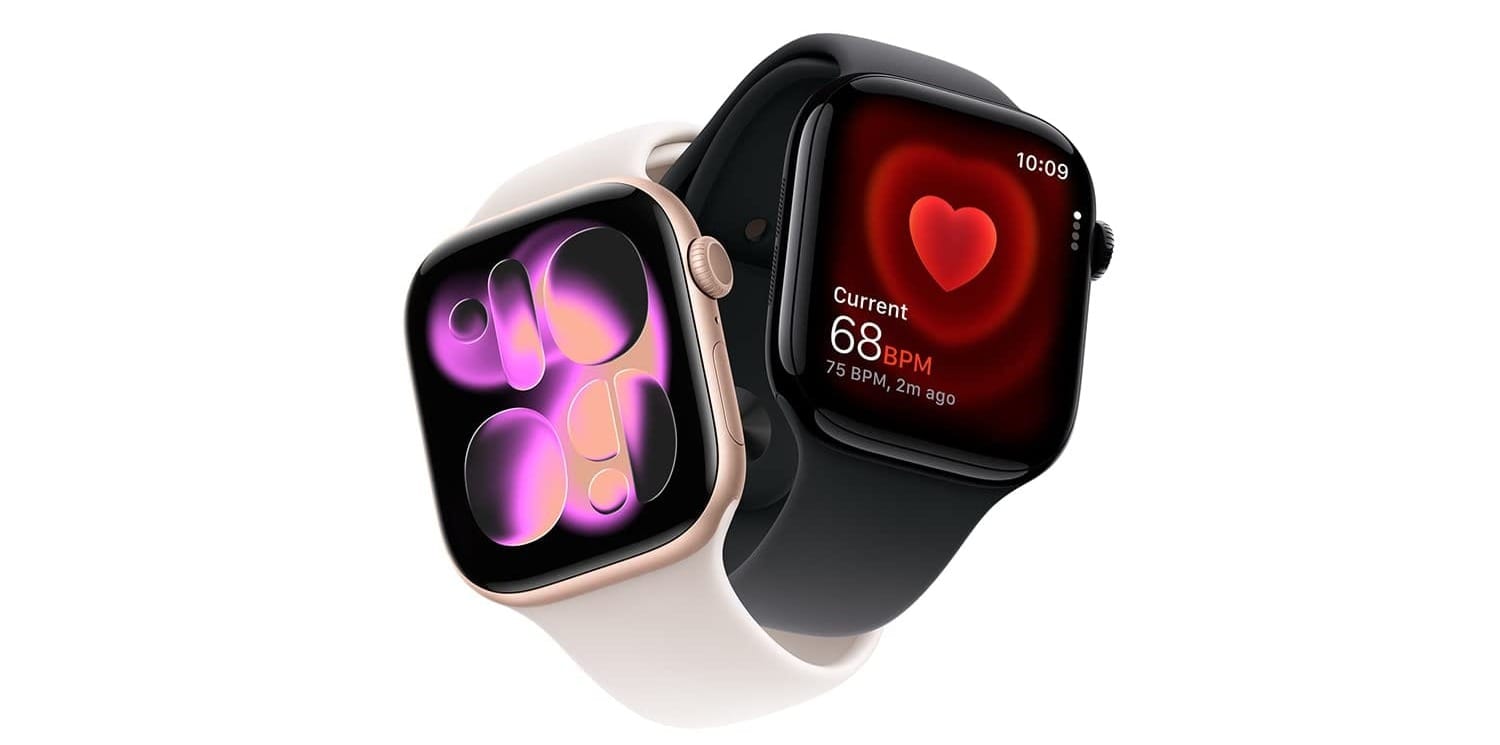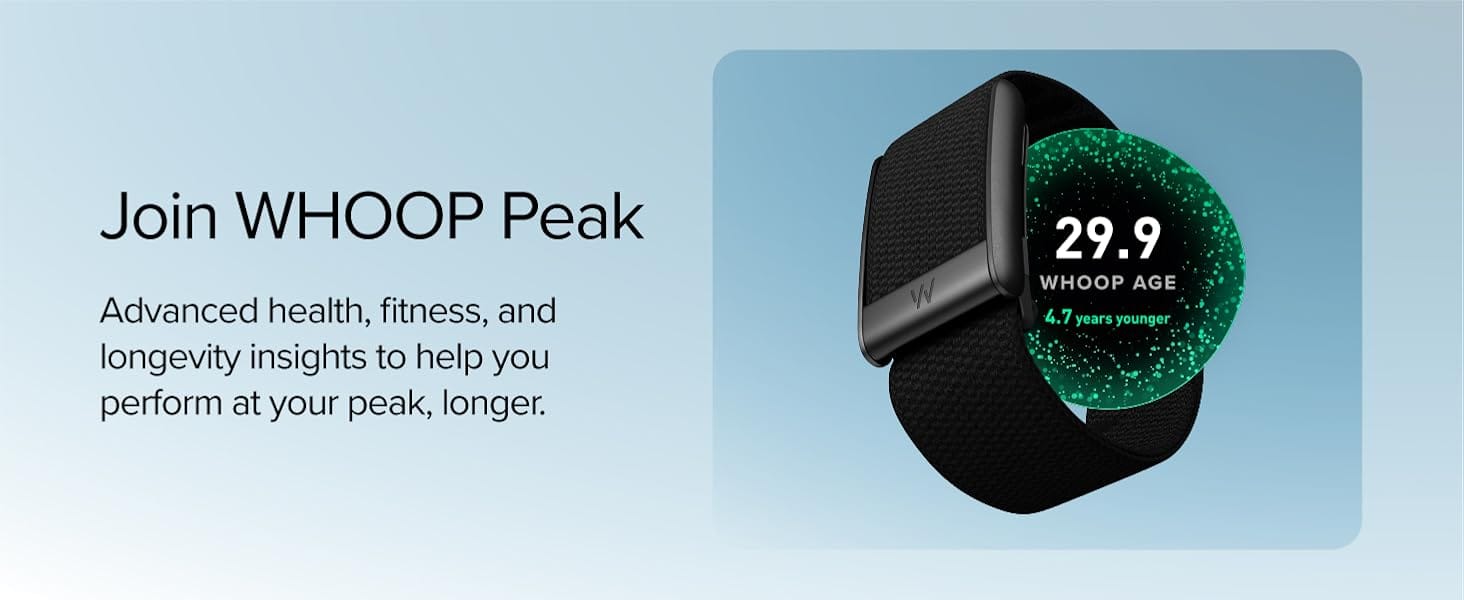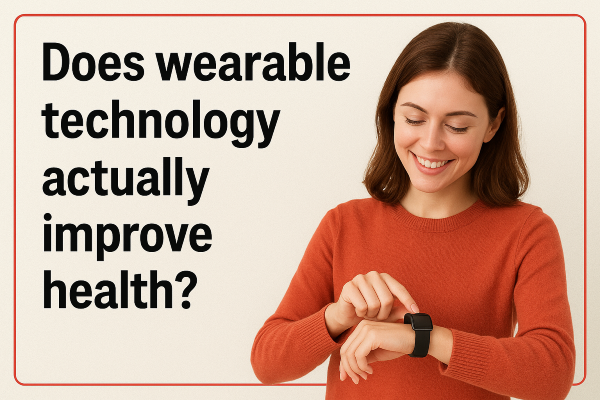Wearable Technology: Top Trends, Expert Tips & Best Devices
Discover how wearable technology improves your health and fitness. Expert insights, practical tips, and the top 5 trending wearables of 2025.

Wearable technology has moved from novelty into mainstream use. Today, it’s a powerful tool for improving health, fitness, safety, and everyday life. This article explains what wearables are, how they’re evolving, what the average person should know, and which products are trending right now — all in simple language.
What Are Wearables?
Wearable technology refers to electronic devices worn on your body — such as watches, rings, or fitness bands — that track data about your activity, body, or environment.
These gadgets use sensors to measure things like your heart rate, steps, temperature, or even sleep quality. They connect to your phone or the cloud and provide insights about your lifestyle.
Examples include:
- Smartwatches that track fitness and health metrics.
- Fitness bands that count steps, calories, and sleep.
- Smart rings that measure your heart rate and body temperature.
- Clothing with built-in sensors for motion tracking.
Modern wearables can even detect falls, monitor blood oxygen, and provide early warnings of potential health issues.
Why Wearables Matter
1. Health and Fitness Support
Wearables have become essential for people of all ages — not just athletes. They help monitor key metrics such as steps, sleep, heart rate, and stress levels. Advanced models can detect irregular heart rhythms, blood pressure changes, or even your recovery rate after exercise.
They’re useful for:
- Aging adults who want to track health indicators.
- Beginners looking for motivation to stay active.
- Patients in rehabilitation are monitoring their recovery progress.
- Everyday users who want to understand their body better.
2. Rapid Innovation
The technology is evolving quickly. Devices are becoming smaller, smarter, and more comfortable to wear. Artificial intelligence now helps interpret data — not just collect it.
We’re moving from simple fitness tracking to detailed health monitoring. Many new devices also focus on design, comfort, and battery efficiency, making them more practical for everyday use.
3. Growing Popularity
Wearables have become part of daily life for millions of people. The real question is no longer whether people will use them — it’s how they can use them effectively to improve their health.
As one expert put it:
“Nearly half of U.S. adults now own a fitness tracker or smartwatch. The key is learning how to use them in ways that best support long-term health and behavior change.” – Dr. Cayla R. McAvoy
Another expert adds:
“Wearable technology is a powerful tool for tracking fitness and health. While some metrics are very accurate, others are still experimental. The data is most useful for spotting patterns over time.” – Dr. Sarah M. Camhi
What the Average Person Should Know
Here’s what to keep in mind if you’re considering buying or using a wearable device.
✅ What You Can Expect
- Better self-monitoring: Track your steps, sleep, heart rate, and more.
- Motivation and accountability: Stay on top of your health goals.
- Data for lifestyle improvement: Identify patterns and take action.
- Useful alerts: Get notified if something unusual is detected.
⚠️ What to Be Cautious About
- Accuracy: Not all wearables measure perfectly. Use trends rather than single readings.
- Interpretation: Data can be confusing. Don’t jump to conclusions without context.
- Privacy: Be aware of how your personal data is stored and shared.
- Over-reliance: Wearables are tools — not medical devices. Always consult a doctor for serious concerns.
- Maintenance: Keep your device charged and synced to ensure reliable tracking.
Expert Tips for Everyday Users
- Choose based on your goals.
- For basic tracking, go with a fitness band.
- For advanced health features: choose a smartwatch or ring.
- Be consistent.
- Regular use gives better long-term insights.
- Focus on patterns, not perfection.
- Look for weekly or monthly trends rather than stressing over daily fluctuations.
- Stay informed.
- Some features, like blood oxygen or stress tracking, may still be in development stages.
- Protect your privacy.
- Review app permissions and data-sharing policies.
- Seek professional advice.
- If your wearable detects something unusual, confirm with a healthcare provider.
The Future of Wearables
The next generation of wearable devices is already on the horizon:
- Smart rings and discreet trackers for continuous monitoring.
- AI-powered health insights that predict stress or illness.
- Medical-grade sensors for more accurate readings.
- Integration into clothing or accessories for all-day comfort.
- Sustainability improvements, such as self-charging materials and eco-friendly components.
Expert Opinion
- Wearables have become part of everyday life.
- What matters is how you use them — not just owning one.
- The best value comes from consistent use and understanding your data.
- Always view wearable data as guidance, not a diagnosis.
- When used smartly, wearables can encourage healthier habits and long-term wellness.
Top 5 Trending Wearable Devices
Here are five top-rated and trending wearable tech products available on Amazon right now:
1. Apple Watch Series 11

A premium smartwatch packed with features like heart rhythm alerts, fitness tracking, and crash detection. Perfect for iPhone users.
2. Google Pixel Watch 4

A sleek smartwatch that integrates smoothly with Android devices. Tracks heart rate, activity, and sleep with Google Health and Fitbit integration.
3. Fitbit Charge 6
A simple, affordable fitness tracker that covers the basics — heart rate, steps, calories, and sleep. Great for beginners.

4. Oura Ring 4

A discreet smart ring for tracking sleep, activity, and readiness. Lightweight and stylish, ideal for 24/7 wear.
5. WHOOP 5.0 Peak
A fitness and recovery band for athletes and health enthusiasts. Measures strain, recovery, and sleep to optimize performance.

FAQs
Q: What is the meaning of wearable technology?
Answer: Wearable technology means electronic devices that you can wear on your body—like smartwatches, fitness trackers, smart rings, or even smart glasses. These gadgets are designed to collect and share data about your health, activity, or environment in real time.
For example, a smartwatch can track your heart rate, count your steps, monitor sleep, and even alert you if your heart rhythm looks unusual. Some advanced wearables can also measure blood oxygen levels, skin temperature, or detect falls and crashes.
The main idea behind wearable technology is to make technology a natural part of your daily life—something that helps you stay healthy, active, and connected without needing to pull out your phone all the time.
In simple words, wearable tech is like having a tiny personal assistant on your wrist (or anywhere you wear it) that helps you live smarter and healthier.
Q: What are the wearable technologies in healthcare?
Answer: Wearable technology in healthcare has completely transformed how we monitor and improve our health. These smart devices are designed to collect real-time data from your body — helping doctors, patients, and even fitness lovers make better health decisions.
Here are some of the most popular wearable technologies used in healthcare today:
- Smartwatches (like Apple Watch & Fitbit)
These are more than just step counters now! They track your heart rate, blood oxygen (SpO₂), sleep quality, calories burned, and even detect irregular heart rhythms or falls. Many people use them for fitness goals or early detection of health problems. - Fitness Bands
Slim, lightweight, and budget-friendly — fitness trackers monitor daily movement, heart rate, and sleep cycles. They’re great for anyone looking to stay active and track progress over time. - Continuous Glucose Monitors (CGMs)
For people with diabetes, CGMs like the Freestyle Libre or Dexcom G7 are game changers. They continuously measure blood sugar levels and send data to your phone — no more painful finger pricks! - Smart Clothing & Patches
These innovative fabrics and skin patches can track muscle activity, body temperature, and hydration levels. Some even monitor ECG (heart activity) in real-time for medical analysis. - Medical Alert Devices
Ideal for elderly users, these wearables can detect falls or abnormal vitals and automatically alert emergency services or caregivers. - Smart Rings & Biosensors
Devices like the Oura Ring monitor sleep, body temperature, and activity levels, offering deep insights into your overall health and recovery.
🧠 Why they matter
Wearable technologies empower people to take control of their health. Instead of waiting for symptoms, you can now track trends and detect potential issues early. For healthcare professionals, this real-time data helps personalize treatments and improve patient outcomes.
💡 Expert Tip:
While wearables are powerful tools, they’re not a replacement for medical advice. Think of them as companions for healthy living — offering guidance, motivation, and early warnings that help you and your doctor make better decisions.
Q: Does wearable technology actually improve health?

Answer: Yes — wearable technology can improve your health, but it really depends on how you use it.
Devices like fitness trackers, smartwatches, and health monitors are not just trendy gadgets — they can help you stay aware of your daily habits. For example, a smartwatch can remind you to move if you’ve been sitting too long, track your heart rate during exercise, monitor your sleep quality, and even detect irregular heart rhythms. Some advanced wearables can track your stress levels, blood oxygen, and even early signs of illness.
The real power of wearable tech lies in consistency and awareness. When you see your progress daily — like hitting 10,000 steps or improving your sleep score — you’re more motivated to make healthier choices. Over time, these small, consistent actions lead to big health improvements.
However, it’s important to remember that not all data is 100% accurate. These devices are best for spotting patterns, not diagnosing conditions. They’re tools for self-awareness, not medical replacements.
In short: Wearable technology can definitely support better health — as long as you use it as a guide, not a guarantee. Pair it with healthy habits, and you’ll see real, lasting benefits.
Q: What are the risks of wearable devices?
Answer: Wearable devices like smartwatches and fitness trackers are amazing tools for keeping track of your health, fitness, and daily habits — but they’re not completely risk-free. While most people enjoy the benefits without issues, it’s good to know what potential drawbacks come with them.
1. Privacy and data security
Wearables collect a lot of personal information — like your heart rate, sleep patterns, location, and even blood oxygen levels. If that data isn’t properly protected, it could be shared or hacked. Always check the privacy settings and make sure your data is stored securely by the brand.
2. Accuracy concerns
Not all wearable devices are 100% accurate. Readings like calorie burn, blood pressure, or heart rate can sometimes be off. These inaccuracies might lead people to make wrong assumptions about their health. Wearables are great for tracking trends — but they shouldn’t replace medical advice or professional health checks.
3. Over-reliance on technology
Some people get so used to tracking everything that they forget to listen to their bodies. Constant monitoring can even lead to stress or anxiety about numbers and performance. It’s important to use wearables as guides, not as the ultimate authority.
4. Battery and radiation exposure
Although minimal, wearables emit a small amount of electromagnetic radiation due to Bluetooth and Wi-Fi connectivity. It’s generally safe, but if you’re sensitive to such exposure, take breaks from wearing them constantly. Also, frequent charging and device wear can cause mild skin irritation for some users.
5. Cost and upgrade pressure
Tech companies release new models often, and that can make people feel pressured to upgrade. It’s easy to fall into the trap of spending money on features you may not really need.
Bottom line:
Wearable devices can be powerful tools for improving your health, but like any technology, they come with risks. The best approach is to use them smartly — as support for your wellness journey, not a replacement for professional medical advice or your own body’s signals.
Key Takeaways
If you’re thinking about buying a wearable, start with your goals — whether it’s tracking fitness, improving sleep, or monitoring health. Pick a device that fits your lifestyle, wear it consistently, and focus on using the insights to make small, positive changes.
Remember:
The real power of wearable technology lies not in the device itself, but in how you use the information it provides.
Wearables aren’t magic — they’re tools. Used wisely, they can make a big difference in your journey toward better health and a more active lifestyle.
